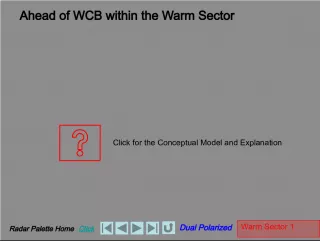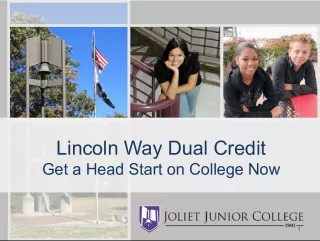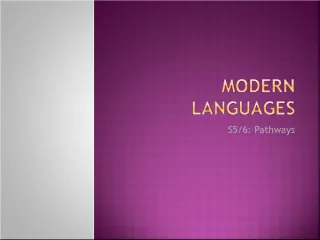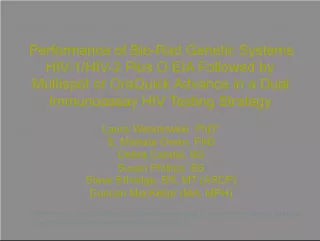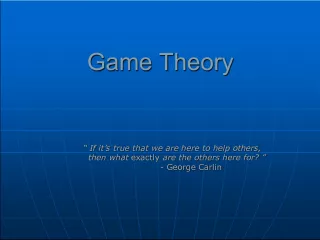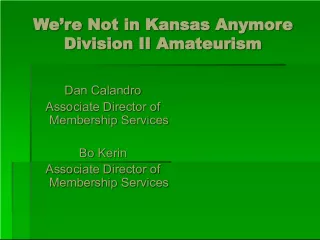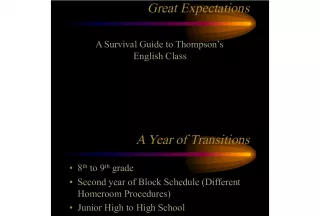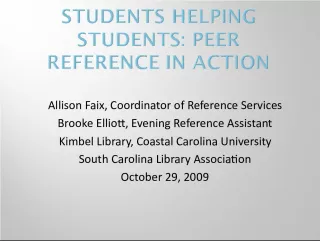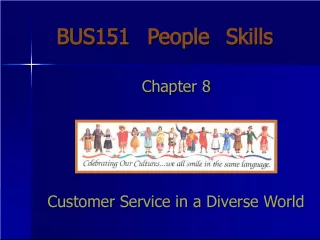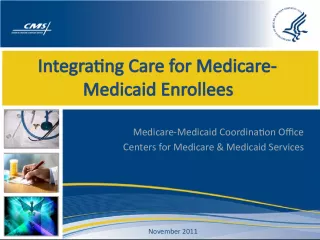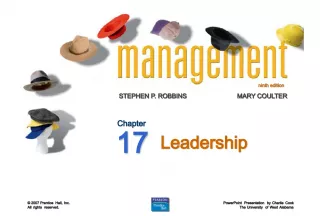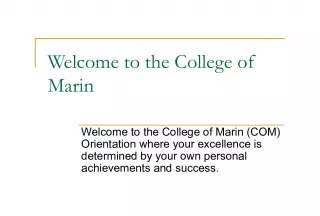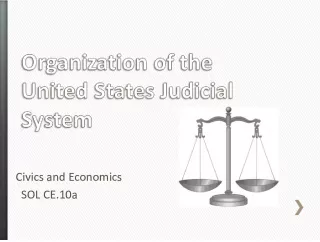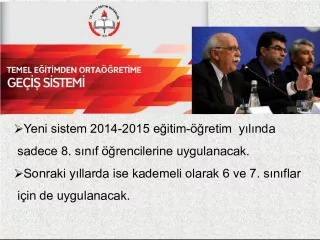Navigating Dual Enrollment and AP Courses.


Learn about the benefits and differences between Dual Enrollment and AP Courses. Prepare for Fall 2014 registration and gain insight into what Dual Enrollment is and how it can benefit high school students.
- Uploaded on | 34 Views
-
 jasmine
jasmine
About Navigating Dual Enrollment and AP Courses.
PowerPoint presentation about 'Navigating Dual Enrollment and AP Courses.'. This presentation describes the topic on Learn about the benefits and differences between Dual Enrollment and AP Courses. Prepare for Fall 2014 registration and gain insight into what Dual Enrollment is and how it can benefit high school students.. The key topics included in this slideshow are . Download this presentation absolutely free.
Presentation Transcript
1. Dual Enrollment Preparing to Register for the Fall 2014 Semester
2. AP Courses VS. Dual Enrollment AP Courses are college level academic courses and qualifying exam scores may result in college credit nationwide. Dual Enrollment courses are elective courses that may or may not transfer to colleges or universities.
3. What is Dual Enrollment? Dual Enrollment allows high school students to take college classes. Students attend high school, but go to the college for 1 or more college classes in place of electives.
4. Why Participate in Dual Enrollment? Classes can count toward high school graduation AND as college credit. Tuition and fees are paid by the school district. Students buy textbooks and supplies. Students begin to experience how college is different from high school.
5. How is College Different from High School? College classes require maturity and self- motivation. Many students underestimate the challenges of college classes. More than one-fourth of new college students drop out after one semester.
6. Attendance in College Classes is Essential Missing class can cause students to fall behind quickly, then fail. Attendance is often part of the course grade . Your grade may be reduced due to absences. Students who do not attend the first two weeks will marked NA and dropped from the class which will result as an E on their high school transcript.
7. Dual Enrollment and College Students are Treated the Same Dual Enrollment students are treated exactly as regular students – No Special Treatment! Except in one way – Dual Enrollment students cannot drop a class. Dropping or failing a college class may prevent you from graduating high school.
8. College Courses Require More Time Outside the Classroom College classes meet for 3 or 4 hours each week. Plan for two hours of time outside class for each one hour in class. Expect to spend 12 hours per week on reading and assignments for two college classes.
9. Maintain Communication with Your Professors Successful college students maintain communication with professors. – Attend office hours – Use email or telephone – Always seek out help when you need it!
10. Who Should Participate in Dual Enrollment? Students who are on track (no failures) for graduation. Students who have taken one of the following assessments: PSAT, PLAN, EXPLORE, ACT, or MME. Students who have qualifying scores (Table 1) for dual enrollment. Students who have fulfilled grade level graduation requirements.
11. Statement of Understanding Students must provide transportation and pay for textbooks/supplies. Students must follow both HFCC and DHS calendars which are often not the same. Students must not schedule college classes that interfere with high school classes (see #8). Classes must be scheduled after 2:30 pm or Saturday.
12. Statement of Understanding Students cannot make any changes to college classes including drops without written consent (see #9 and #10) If students receive an instructor initiated drop or Non Attend it will result in an E on their transcript.
13. What courses can I take? Courses not offered by Dearborn High. Courses on the approved list. Must meet required prerequisite for some courses. Students must meet the minimum qualifying score for content area courses.
14. Should you take ON-LINE courses? On-line courses require more self-motivation than on-campus courses. Do not take on-line courses in your first semester of dual enrollment. Do not take more than one on-line course in a semester. Students who do not log into the course and participate during the first two weeks will be marked NA and given an E on their high school transcript.
15. Dual Enrollment Procedure Sign and return Dual Enrollment Statement of Understanding (Once returned, student will receive Dual Enrollment Form). Choose college courses from the approved list. Go to HFCC website, www.hfcc.edu and search for available sections. Fill out and sign Dual Enrollment Form. Submit to your counselor by April 8 th .
